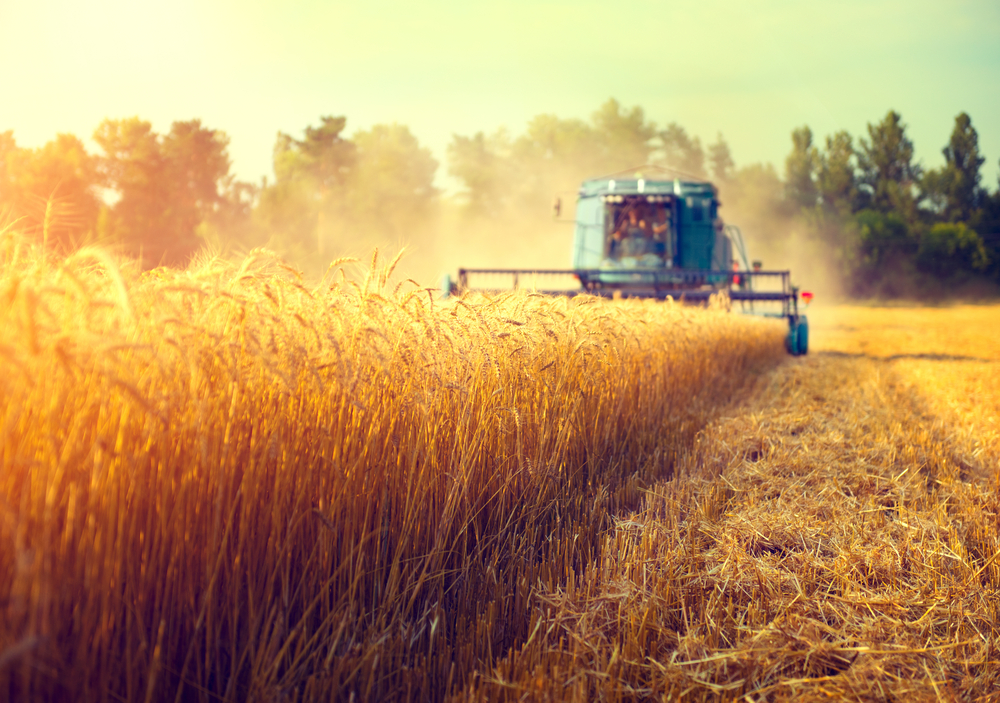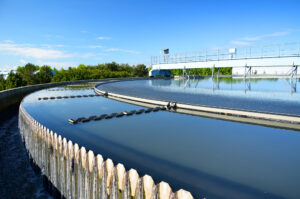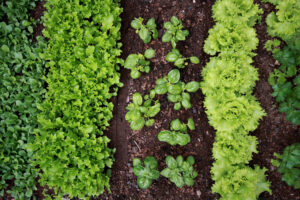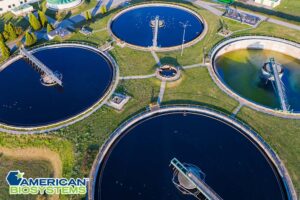The world is constantly changing, and with it, so is the environment we live in as humans. Agriculture is the key to feeding an ever-growing population, and we must make it last for us and the future generations that follow. That is where the definition of sustainable agriculture fits into play.
Sustainable agriculture is the practice of protecting the environment, maintaining the fertility of the soil, and expanding natural resources all over the world. There are three goals to keep in mind to keep agriculture alive, so we have the food necessary to eat and survive.
A sustainable farmer must profit from the economic side of agriculture. Environmental stewardship should be promoted, and there should be an increase in the care for farmers, animals, crops, and communities to meet the needs of all people.
Keeping Up and Growing a Sustainable Agriculture
There must be sustainability in agriculture to ensure it is around forever. The old forms need innovation, as some methods can hurt the environment. We can all work together to achieve this goal in several practices or ways, and we can begin in 2023. There are at least ten ways we can move toward green agriculture that guarantees farming will be around for a long time without all the worry.
Going All Natural with the Pesticides
Sustainable farmers can move toward all-natural pesticides that do not harm the environment and eliminate pesky bugs that eat all the food in the fields. Using all-natural products works to kill the bugs that are harmful while other good bugs are not harmed.
Pesticides have harmful chemicals that are not good for people or animals. Too much exposure can make people sick, especially those with weak immune systems. All-natural pesticides do not harm the environment but work to preserve it.
A prime example is the harm brought to the bee nations by using chemicals because bees pollinate all plants and are good for them, along with other benefits. All-natural farming preserves nature’s helping insects.
Preserving Soil
Without good soil, there are no plants. The chain reaction will continue because without plants, there is no food. Regenerative agriculture reverses the effects of the past, where soil erosion is becoming a problem.
Soil erosion over time removes the valuable nutrients from the earth that help plants grow healthy and productive. Regenerative agriculture restores the biodiversity of the soil and is vital to turning things around for the better.
Practicing Permaculture
Permaculture is where everything and everyone learns to coexist permanently. It is nature’s way for all beings who use the land to thrive without the fear or worry of waste or intentional destruction of the environment. These practices can work in suburban, urban, and rural areas.
Industrial agriculture is the culprit behind air pollution, soil degradation, and water pollution through its fertilizers and pesticides. It is time to start new and fresh with environmentally friendly farming methods.
Stop Using Antibiotics and Hormones in Feed
As the animals take in antibiotics, they become immune to illnesses that typically cure them. It has been overused, and now the animals are at risk because the antibiotics no longer affect treating them for typical diseases.
People eat animals like chickens, cattle, and pigs, so the world is now becoming immune to antibiotics, and the effects are almost useless to cure us when humans fall ill.
The same thing happens with hormones. We are not only ingesting the meat from animals, but we are also taking in the hormones now, showing their effects on humans. Moving to all-natural products can reverse the consequences for future generations.
Agroforestry
Everyone, by now, should know the value trees have to the environment. They produce shade, oxygen, and they are suitable for the ozone. Too many trees have been cut down, which causes an adverse effect, so the sufficient thing to do is plant more trees to build back what is lost.
Agroforestry is good for livestock, and it controls soil erosion. It also protects them from strong winds and supports wildlife for their homes and added protection.
Adding Research and Innovation
Talking about sustainable agriculture is not enough. There must be research to further innovation for the environment. It is through studies and research that we gather our information. Innovation comes with technology and efficient use of our surroundings without wasteful practices. This is the only way we can turn things around and continue to survive.
Practice Solutions Nature’s Way
The answers are always there in front of us. Agriculture works 100 percent off of nature in producing and providing the world with food and energy. Cutting back on refineries, we can use water and wind for electricity. There are options nature offers, and we must find them and experiment until these problems are fully resolved.
Training and Education
We can only reverse the adverse effects already created through the teachings of new ways. Through training and education, we can learn how to preserve the environment, stop using harmful methods, or cut down on the old ways of damaging nature. Not everything can come to a complete halt, but we should be able to cut back enough to preserve our earth.
Increasing Transparency and Traceability
It is time to come out with the truth about the environment. Simply look around. The air is unsafe to breathe, the water is contaminated, and the soil and land are eroding. Too many things have been hidden from us for generations.
There is no hiding it anymore, and transparency is acknowledging the facts. Tracing back our steps to when the land and water were pure and working to get it back is how we move forward.
Cross-Sector Collaboration Should Be Encouraged
The last thing we can do is take all our knowledge and put it together for good use. Those in the agriculture industry can create partnerships or teams to work in numbers to achieve the ultimate goal. We all live on the same earth and can return to living in nature’s way.
Reach out to us at American Biosystems about sustainable agriculture practices. We’re only a phone call away.





